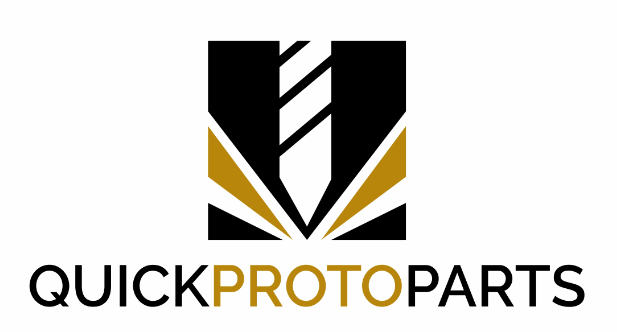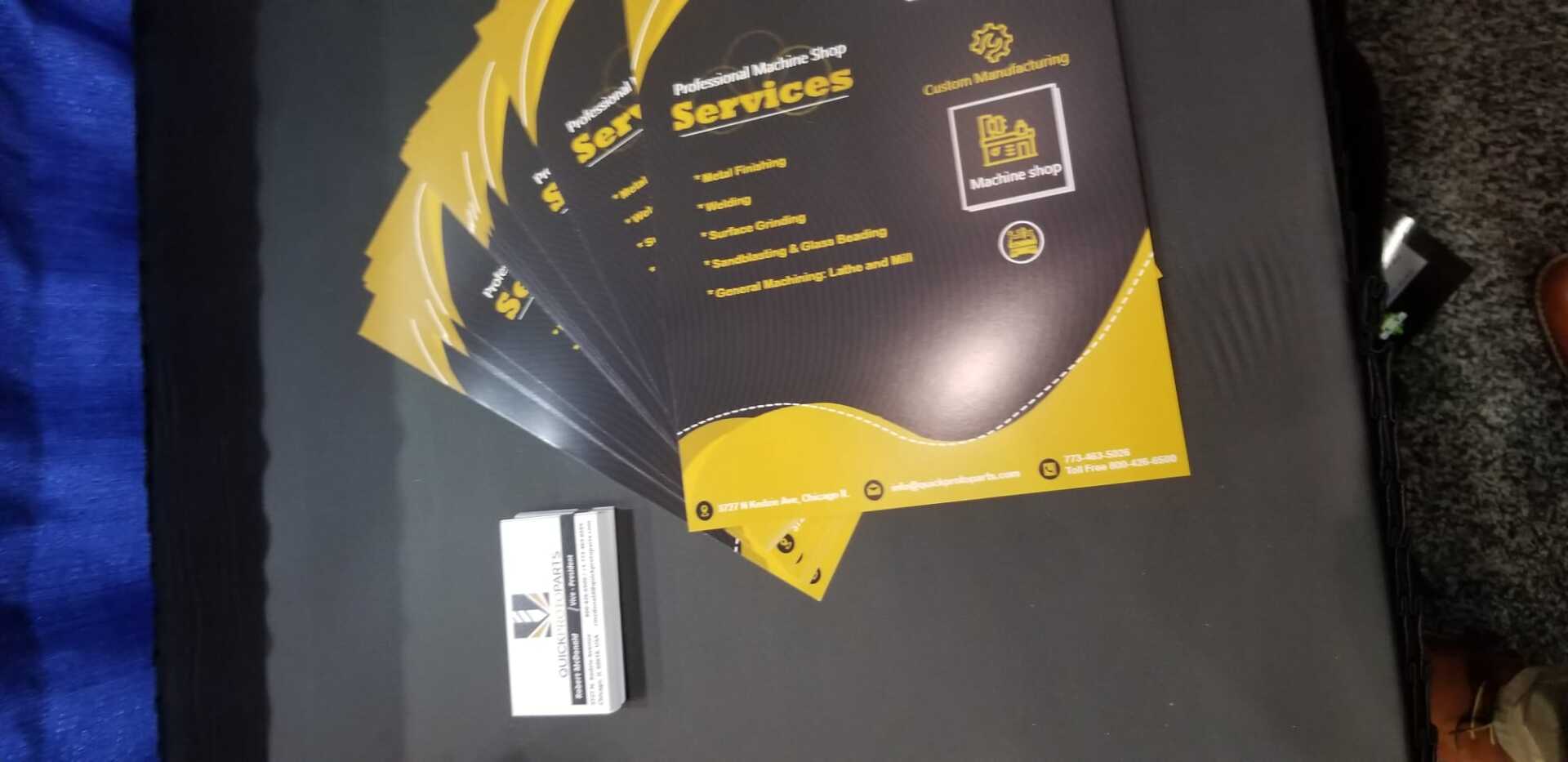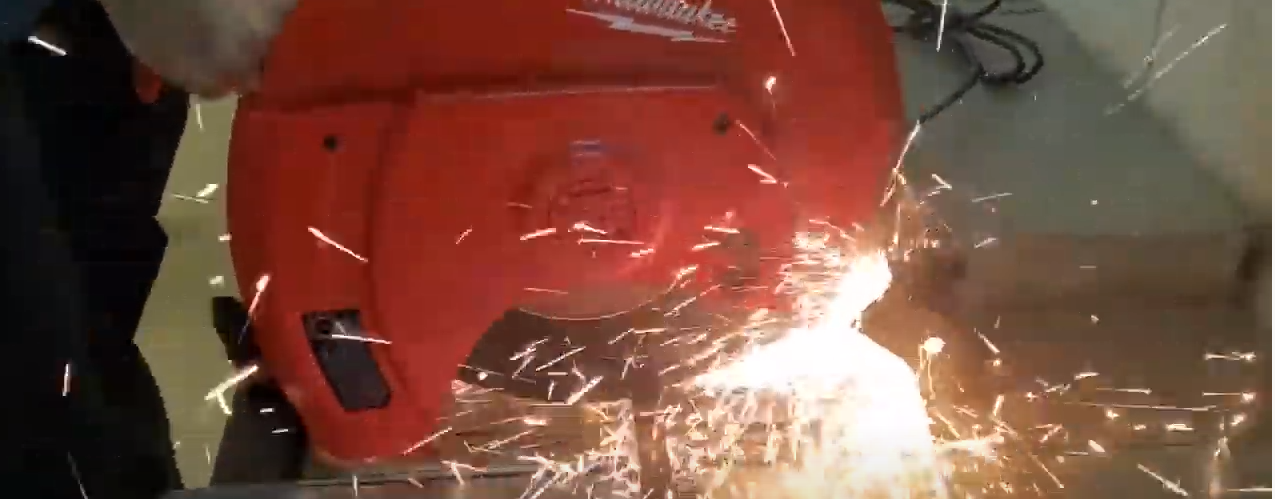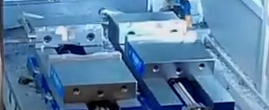Blog Layout
What Is Lean Manufacturing?
Feb 19, 2020
Lean manufacturing is a systematic method of reducing waste to increase efficiency, reduce costs, and improve profits over time.
New ParagrapLean is a method of manufacturing that aims at reducing waste, and thereby increasing efficiency. It offers benefits for both consumers and manufacturers, including higher profits, lower product costs, and increased innovation over time. Below we’ll review where lean manufacturing started, the five main principles of the method, and the seven types of waste that are typically targeted for reduction.
History of Lean Manufacturing
Lean manufacturing is derived from a method created by Toyota called the TPS (Toyota Production System), that was focused on reducing waste while maintaining productivity. The specific term “lean” was coined by John Krafcik in his 1988 article, "Triumph of the Lean Production System" that he wrote after working on a joint GM-Toyota project.
Five Principles of the Lean Methodology
The principles outlined in that article continue to flourish today, though they’ve grown and evolved over time. One noteworthy development came in 1996 when a book was published called “Lean Thinking: Banish Waste and Create Wealth in Your Corporation,” that outlined five principles of the lean method, including:
Identify Value
Specifically, a lean practitioner should always focus on identifying value from the customer’s point of view. If work is being performed that doesn’t add value to the end consumer, it’s wasted effort that is driving unnecessary costs and effort. Identifying true value helps set the stage to reduce inefficiencies, which is the heart of lean.
Map the Value Stream
Mapping the value stream involves documenting how true value is created, in order to spot areas of inefficiency and waste. Once you know what value looks like, you’ll likely think of one or two major areas that you can improve upon, but actually mapping out the entire process helps you spot every area, no matter how small that can provide an incremental improvement.
Create Flow
When your value and value stream are identified and mapped out, you can focus on creating flow. Flow is the process of creating value. Any time a manufacturing process is stopped or interrupted, waste is a byproduct, so creating flow means reducing unnecessary pauses, transitions, or interruptions.
Establish a Pull System
Creating a “pull” system means you only create value when there is a demand for it. You never create in advance based on expectations. This prevents overproduction helps customize products to each individual scenario, so there won’t be back-tracking or duplicated efforts.
Pursue Perfection
The fifth principle is based on the Japanese concept of “Kaizen,” or continual improvement. This is an attitude towards progress rather than a concrete action step, and requires that practitioners never accept where they are now, but instead always try to improve.
Benefits of Working With a Lean Manufacturing or Fabrication Shop
When you work with a shop that follows the principles of lean manufacturing, you get a variety of benefits, including lower costs, better product accuracy, and increased innovation over time. This means that you’ll not only get the best products now, but you also improve your chances of getting even better results in the future as your long-term workshop partner pursues the goal of kaizen, or continuous improvement over time. So keep that in mind when searching for a manufacturing or fabrication partner, and be sure to give us a call for all of your metal fabrication and rapid prototyping needs.
You might also like
Quick Proto Parts
Quick & Quality
We are available via email or telephone
Location
3727 N Kedzie Ave, Chicago IL
Email
info@quickprotoparts.com
Call
773-463-5026Or Call Toll Free 800-426-6500
© 2024
All Rights Reserved | Quick Proto Parts





